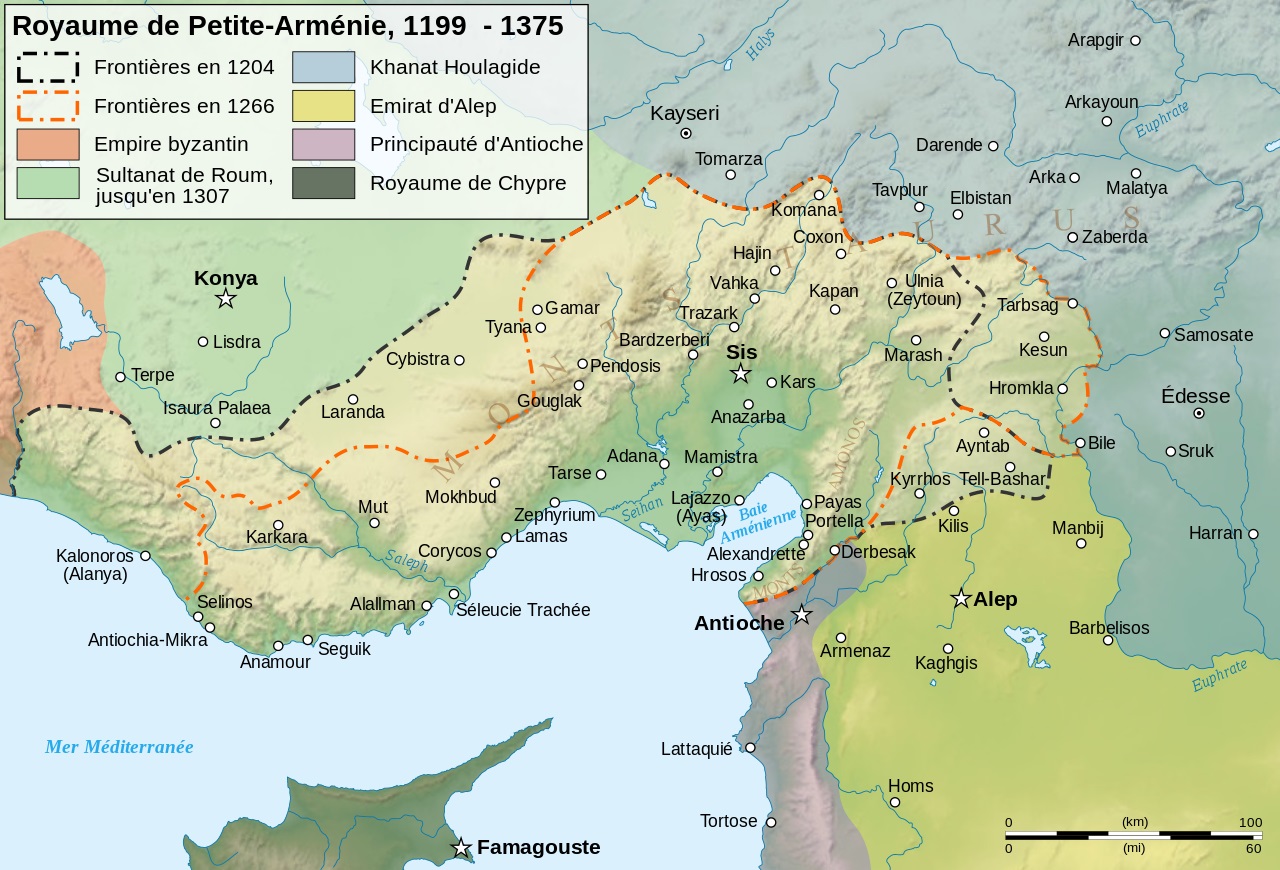21317 - The big picture in Anatolia
N. Lygeros
Translated from the Greek by Vicky Baklessi
This period we talk about the action of the Kurds as a defensive battle field for the facts of Anatolia and it doesn’t astonish anyone. While if we think about it rationally there is a problem due to religion even if the conventional and the extreme is clear. In reality we never consider the Armenian factor, which hasn’t completely disappeared after the facts of the genocide from 1894 to 1923. So the survivors and especially the women, which were the greater percentage, had relationships with Kurds as well, so there are descendants that have roots both Kurdish and Armenian. And these people we see them following the same strategic schemes that the Armenian warriors had in the older days. So if we continue this knowledge with data we have from the current facts, we can not only follow a rational continuity but also to examine elements of the future. In other words we mustn’t enclave the Armenian element just and only within the state rationale of current Armenia, otherwise we cannot understand what is going on and what will happen in the future. The examination of map of the Kingdom of Little Armenia from 1199 until 1357, suffices to see the mental strategy schemes of the region. Because even the names of the cities are distinctive and indicative of the presence of Armenians for many centuries. So the big picture in Anatolia is formed also from the wider knowledge of Armenicity and not only of Armenia as a state. Furthermore the exclusive reference to the Kurds is a way to cover a reality which disturbs only as an existence.

